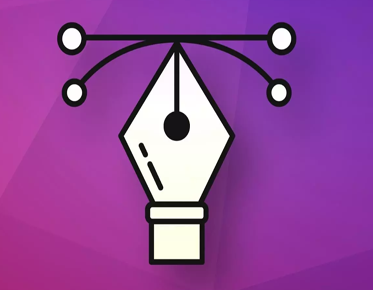The Impact of Vector Conversion on The Print And Signage Industry
The world of print and signage is constantly evolving, with new technologies and techniques being developed to improve the quality and efficiency of these industries. One such technology is vector art conversion, which plays a crucial role in the creation of high-quality graphics for print and signage. In this blog post, we will take a closer look at the impact of vector conversion on the print and signage industry.
What is Vector Conversion?
Vector conversion, also known as vectorization, is the process of converting a raster image into a vector image. Raster images are made up of pixels and are not easily scalable, whereas vector images are made up of paths and can be resized without losing quality. Vector conversion is essential for ensuring that graphics remain clear and crisp when printed or displayed on signs and billboards.
Improving Quality and Consistency of Print and Signage
One of the most significant benefits of vector conversion is the improvement of the quality and consistency of print and signage. Vector images are clean and precise, with no pixelation or distortion when resized. This means that logos, graphics, and text will look sharp and clear, regardless of the size of the print or signage. This is especially important for brands, as it ensures that their visual identity is consistent across all mediums and sizes.
Making Design Process More Efficient
Another advantage of vector conversion is that it makes the design process more efficient. With vector images, designers can work with a scalable file format that is easy to edit and manipulate. This eliminates the need to create separate versions of graphics for different sizes, saving time and resources. Furthermore, vector images are also easier to color separate, making the printing process faster and more efficient.
Enhancing Flexibility in Design
Vector conversion also provides greater flexibility in design. Vector images can be easily edited and modified, allowing designers to make changes to their graphics without having to start from scratch. This is particularly useful for branding and marketing campaigns, where changes to a company's visual identity may be required. Vector images can also be easily exported into different file formats, making it easier to use the same design across multiple platforms and mediums.
Reducing Costs
Finally, vector conversion can help reduce costs in the print and signage industry. By using vector images, designers and printers can save time and resources, reducing the overall cost of production. Vector conversion can also help prevent printing errors, reducing the need for costly reprints and ensuring that the final product is of the highest quality.
In conclusion, vector conversion plays a
crucial role in the print and signage industry, providing numerous benefits
that improve the quality, efficiency, and flexibility of these industries. By
converting raster images into vector images, designers and printers can ensure
that their graphics are clear, consistent, and scalable, helping to reduce costs
and improve the overall quality of their work.



